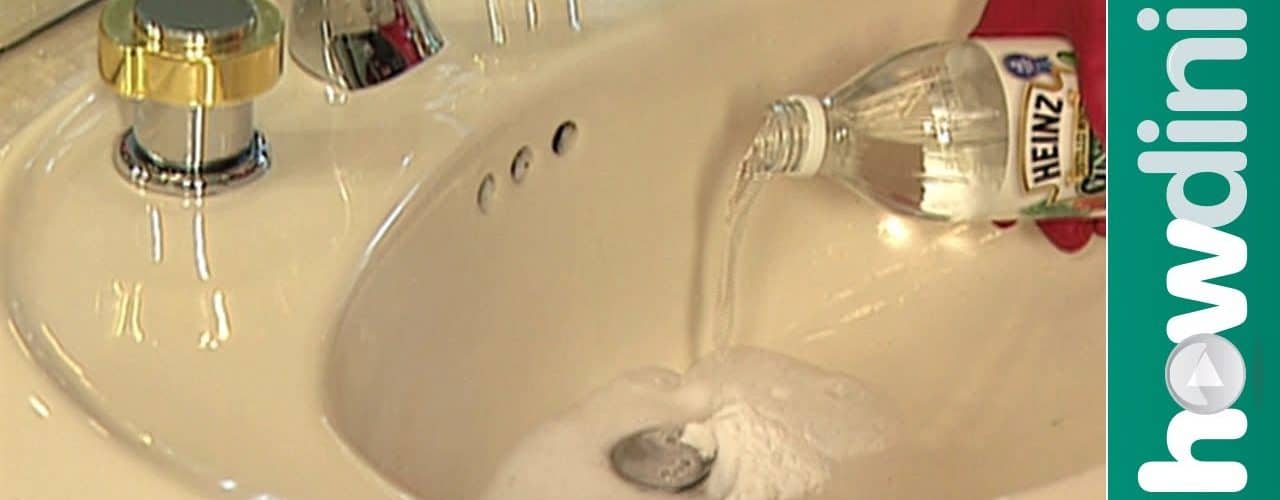A slow draining sink is a terrible annoyance, but who wants to pay for a plumber’s service call to fix it? Fortunately, there are a number of things a homeowner can do to unclog a drain, short of calling for professional help.
If you have ordinary metal pipes, first try to use boiling water. Boil a quantity of water and then pour it straight down the clogged drain. Avoid pouring the water on the sink first, which would cool it before it reaches the clog. You may want to remove the strainer before you do this. If the boiling water method does not work, you will have to use a plunger. Be careful not to use boiling water if you have plastic pipes.
A cup plunger is best for use on sinks. If the sink has an overflow outlet, tape over this with duct tape or block it with a wet rag so that all of the pressure created by the plunger is directed against the clog. Also, if the sink is the double bowl type, block one sink drain with a rag while you work on the other one. Remove the sink strainer if you have not already done so. Fill the sink partly with water and place the plunger over the drain, being sure to get a good seal. Work the plunger vigorously up and down and attempt to clear the clog. Once the obstruction is cleared, replace the sink strainer. Flush the drain with hot tap water.
If the plunger does not clear the obstruction, you will need to use a sink auger or a plumber’s snake. The auger is much cleaner. The auger has a cable which you will extend into the drain. When you feel the cable bump into the clog, pull out more of the cable and then tighten the lock screw. Turn the crank on the auger in the clockwise direction until you have worked through the clog. Repeat if necessary and flush the drain with hot tap water. If you find that you have extended more cable than the distance through the trap, then the clog is beyond the trap and the trap will have to be removed.
First place a bucket or pan under the trap to catch any spilled water. Loosen the couplings at each end of the trap with a wrench or channel pliers. Empty the water from the trap into the bucket or pan. The trap itself can be cleaned with a bottle brush. Extend the auger cable into the pipe in the wall until you feel the cable bump into the clog. Pull out more cable, tighten the screw and turn the crank of the auger in the clockwise direction until you are through the clog. Repeat if necessary. Reassemble the trap, making sure that you put any washers back in the same orientation in which you found them. Flush the drain with hot tap water.
Chemical cleaners are certainly a temptation, but remember that they are corrosive to your pipes and hard on the environment. Plus, if the chemicals fail to clear the clog, you will then have to work on a sink that is filled with toxic substances in the standing water. Therefore, use chemicals only as a last resort before calling a plumber.
If all of the drains in your home are running slowly, you may have a problem with the main sewer line running from your home. This is truly a problem for a professional.



